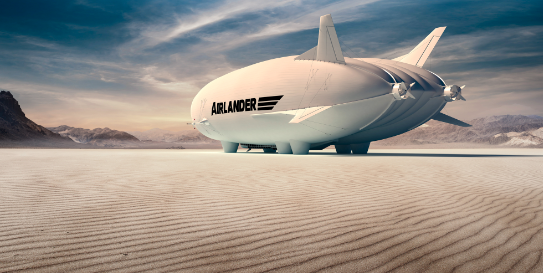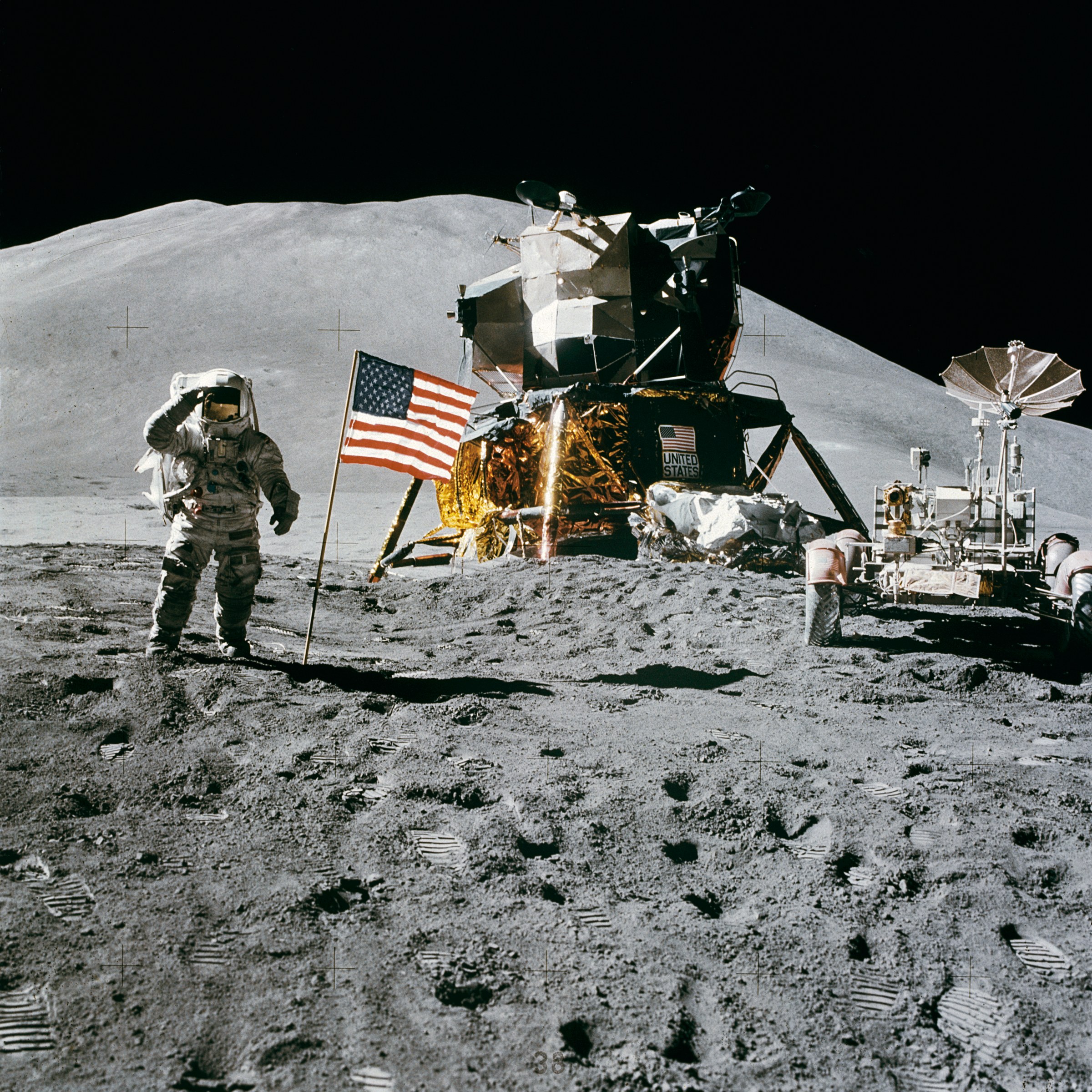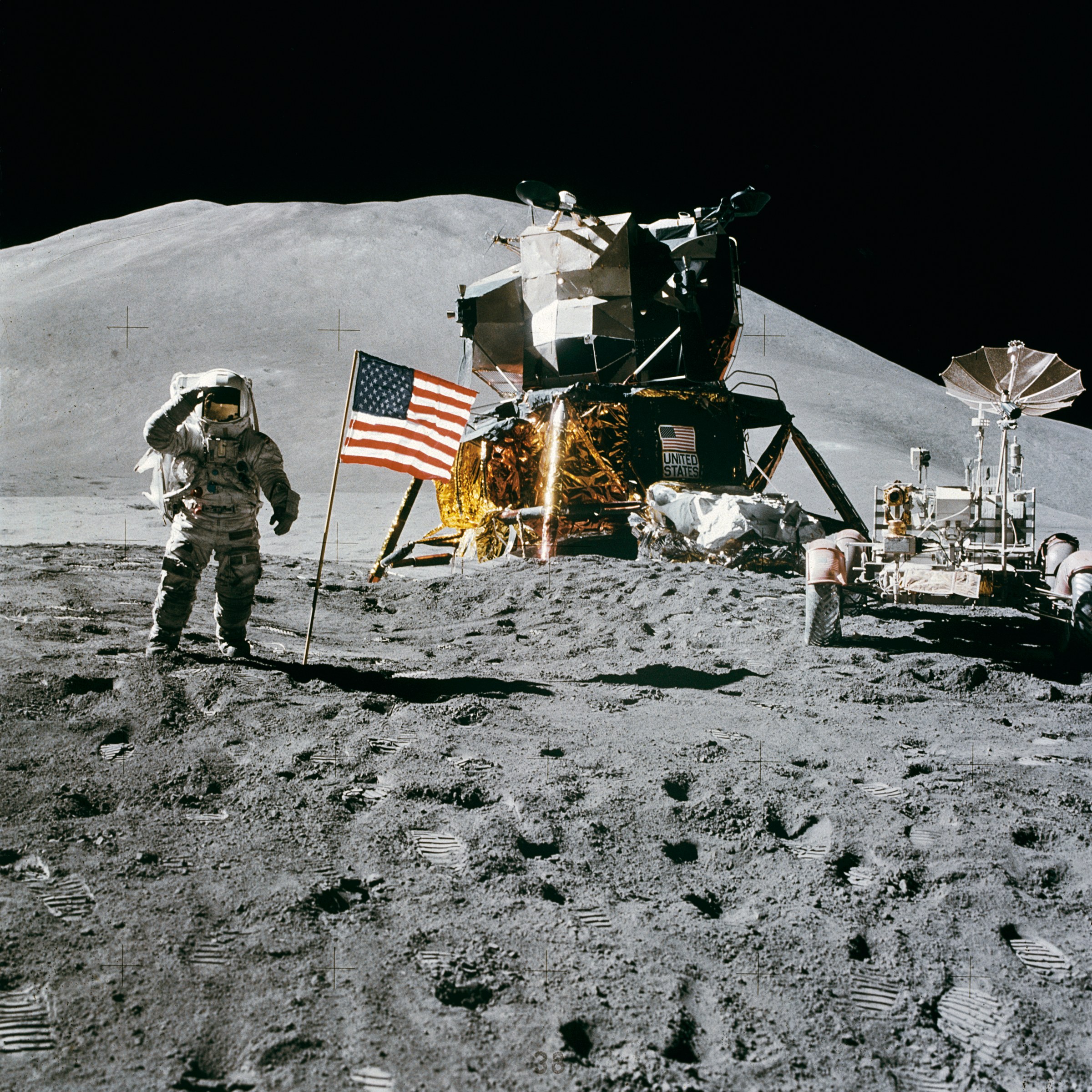A modern city’s skyline, as seen from the cockpit of a brand new generation of aircraft, is a view that leaves many speechless. The Airlander 10, a hybrid aircraft that combines elements of planes, airships, and helicopters, is poised to revolutionize air travel as we know it.
The aircraft, dubbed the “superyacht in the sky,” spans the length of a football field and stands as tall as six double-decker buses. However, these aren’t the only impressive features. This super efficient behemoth, introducing a Hindenburg Zeppelin renaissance while promising up to 90 percent less emissions per passenger per mile than traditional planes is poised to add a luxurious new face of the aviation industry.
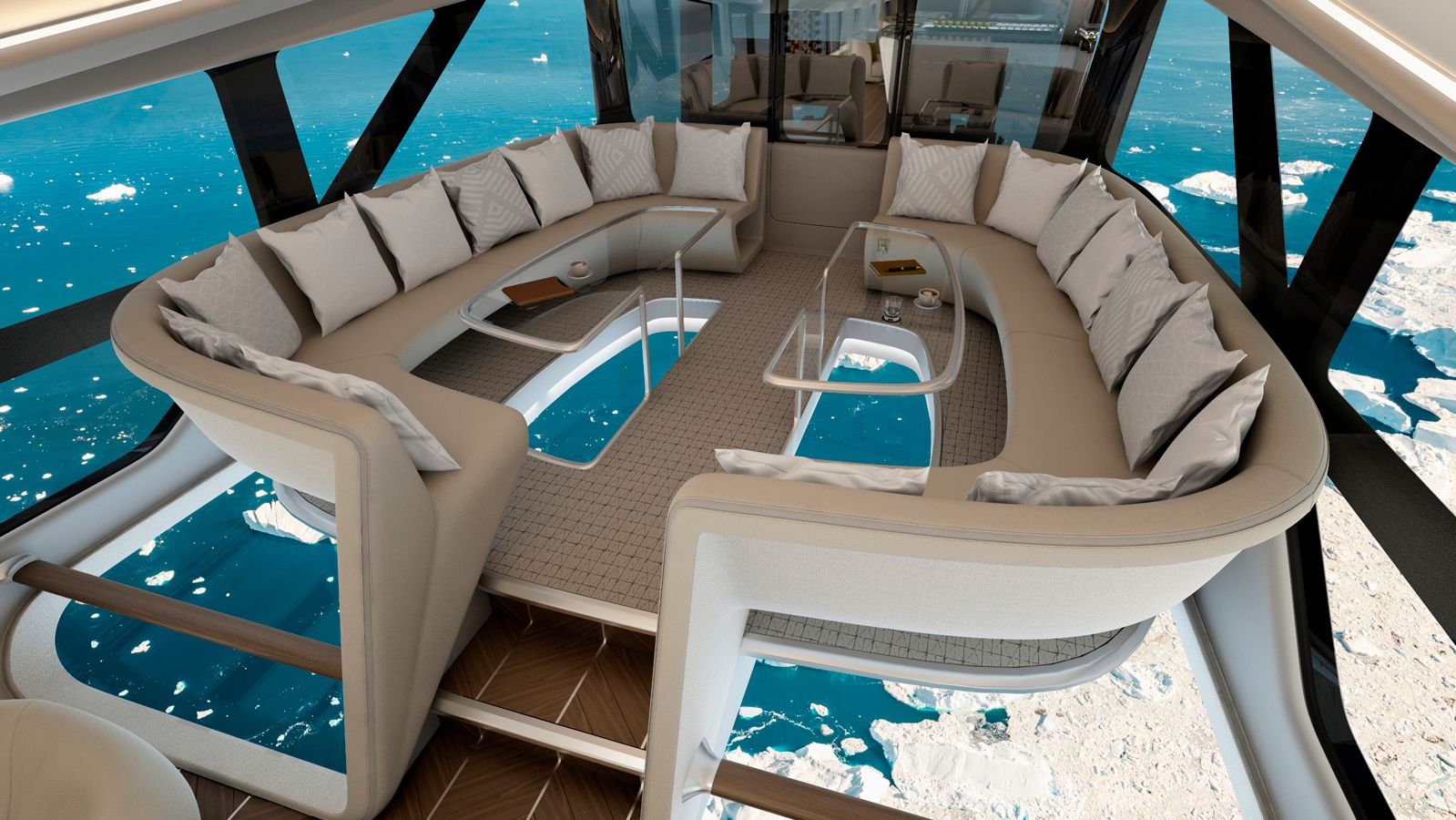
It wasn’t smooth sailing for the Airlander 10, produced by Hybrid Air Vehicles (HAV), a UK-based company. Its first prototype faced a string of setbacks, including a slow-motion nosedive during a test flight in 2016 and an incident in 2017 when it broke free from its mooring mast. Despite these challenges, HAV continued to develop and refine the Airlander.
The redesigned prototype incorporated numerous improvements, including an Air Cushion Landing System that allows the ship to land on any reasonably flat surface via six inflatable studs. This means the Airlander doesn’t require a runway to take off or land, suggesting a future of air travel without airports.

With a top speed of 100 mph, the Airlander moves at a slower pace than regular jets. However, Tom Grundy, CEO of HAV, maintains that the reduced airport congestion and faster boarding times will result in an overall journey time comparable to short-haul flights.
Air Nostrum, a Spanish regional operator, plans to put the Airlander into service by 2026. With a maximum passenger capacity of 100, the aircraft is envisioned to create a network of city-to-city connections, offering a faster and more convenient alternative to medium-distance car travel.
Beyond passenger transportation, the Airlander has potential in the freight and cargo sectors. HAV is also in talks with Highlands and Islands Enterprise and Loganair about how it could help to connect remote Scottish islands currently reliant on boats and unpredictable weather.
The luxury aspect of the Airlander is another major selling point. With its wine glass-stocked bar area and en-suite bedrooms that can accommodate 16 passengers, the aircraft offers a level of comfort and opulence akin to a cruise ship.
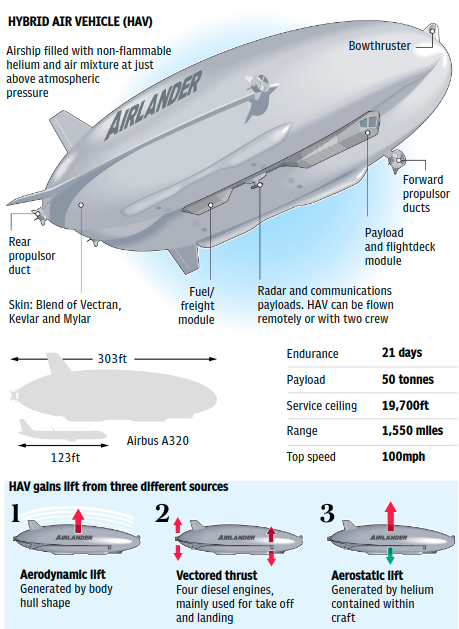
As Jenny Southan, CEO of travel consultant GlobeTrender, notes, “clean tech expeditions” are an emerging trend in luxury travel. She cites the rise of helium-filled (not Hydrogen in case you were wondering), electric-powered airships like the Airlander as perfect examples of this trend.
The Airlander could open up possibilities for aerial safaris over the Serengeti or immersive Northern Lights experiences in the Arctic. This aligns well with the rising demand for novel and relaxed travel experiences among luxury travelers.
The manufacturing of the Airlander fleet received a boost recently when Oliver Coppard, the mayor of South Yorkshire, pledged a £7 million investment into the Airlander’s Doncaster production facility. HAV plans to produce its first fleet of Airlanders here, with the goal of manufacturing up to 24 Airlanders per year by 2028.
For the long-term vision for the Airlander HAV plans to fit the Airlander with electrical motors as soon as the technology becomes readily available.
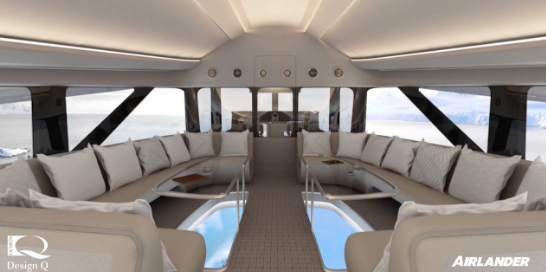
As the aviation industry grapples with the environmental impact of air travel, the Airlander 10’s innovative design and sustainable features offer a glimpse into a future where luxury travel and environmental stewardship are not mutually exclusive.
Many modern readers will not be familiar with the story of Soloman Andrews, an American inventor, whose innovative first airships during the Civil War made headlines around the world. Dr. Andrews’ initial creation, the “Aereon,” took its inaugural flight over Perth Amboy on the 1st of June, 1863. The design featured three 80-foot-long cigar-shaped balloons, equipped with a rudder and gondola. The control of buoyancy was achieved by either discarding sand ballast or releasing the hydrogen gas used for lift. Later that summer, Dr. Andrews reached out to President Abraham Lincoln, offering the Aereon’s services for the American Civil War. During this tumultuous period, he served temporarily as a volunteer surgeon for the Union Army. It would be indeed a tremendous success if airships of any kind could eliviate some of the road based transportation pollution and add an ethereal quality to medium distance travel.
